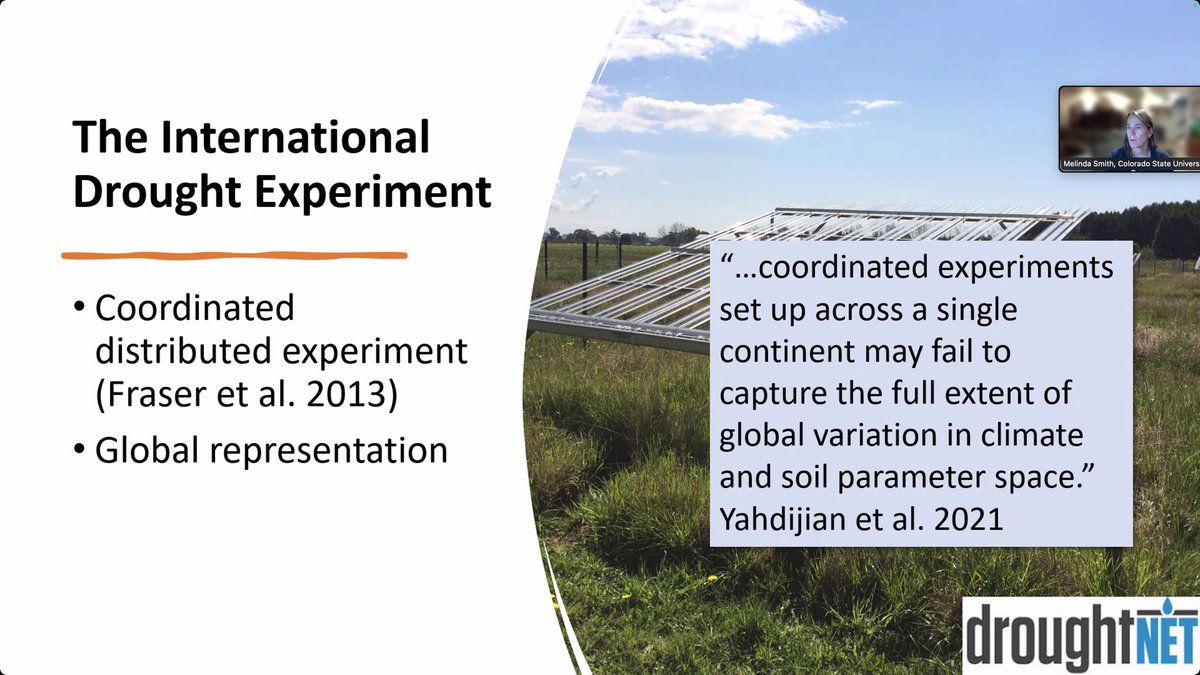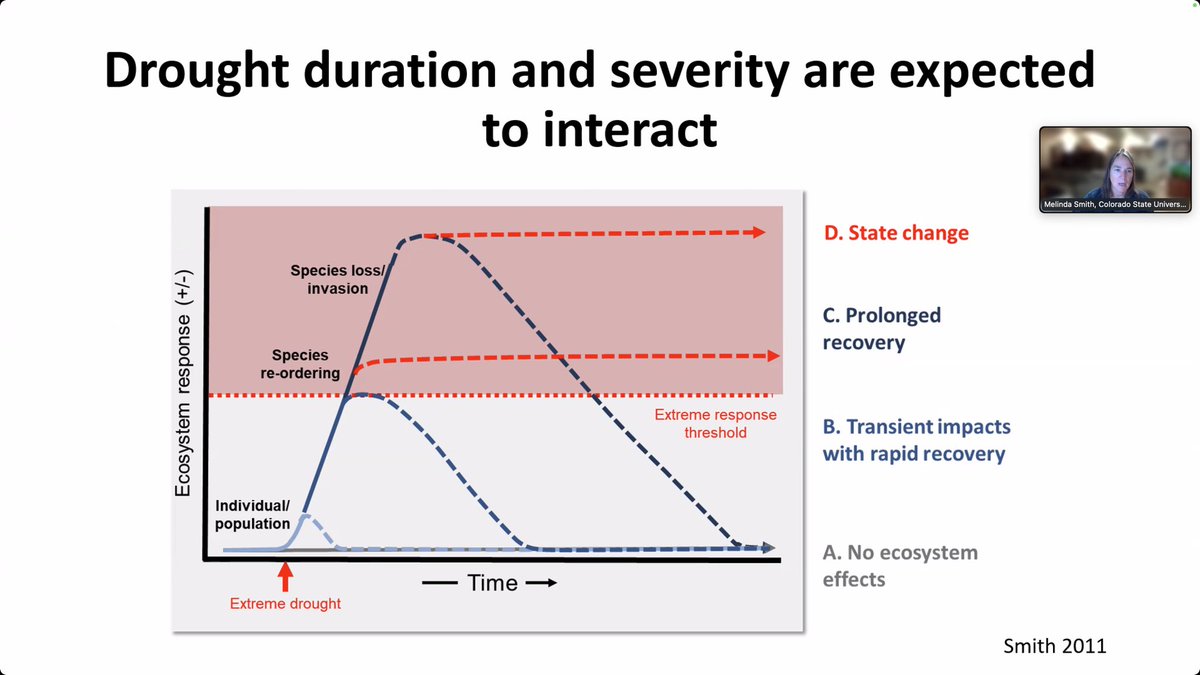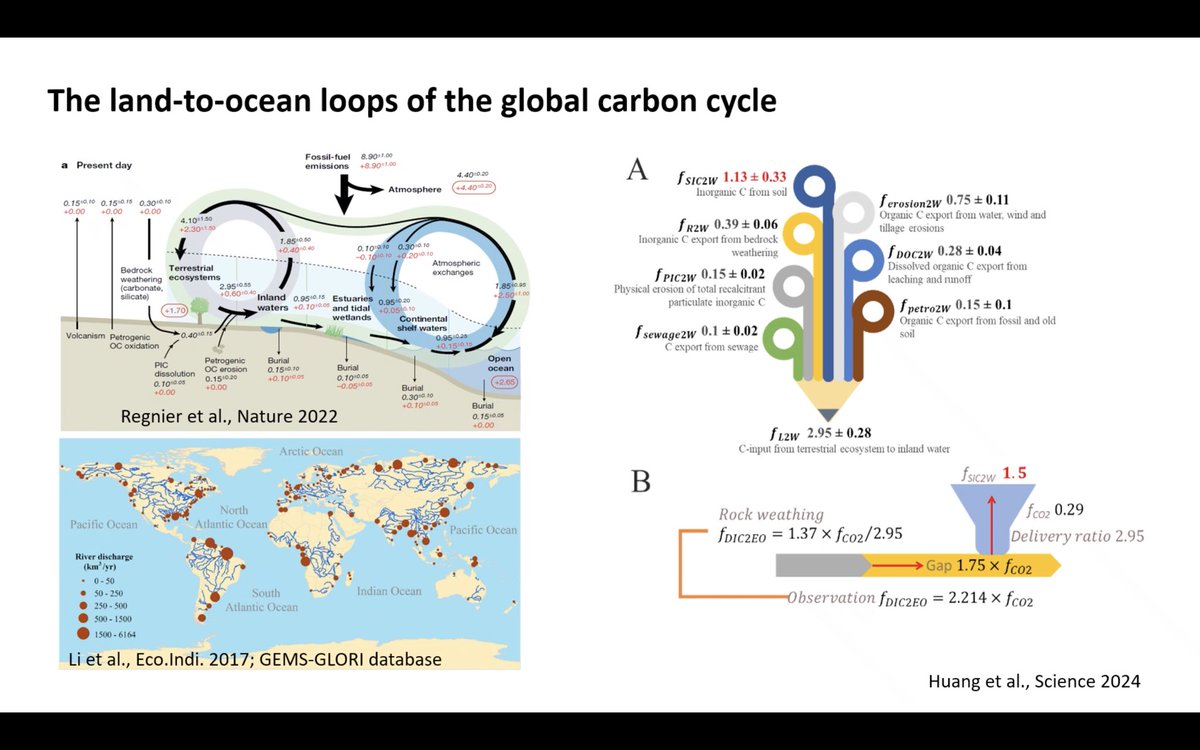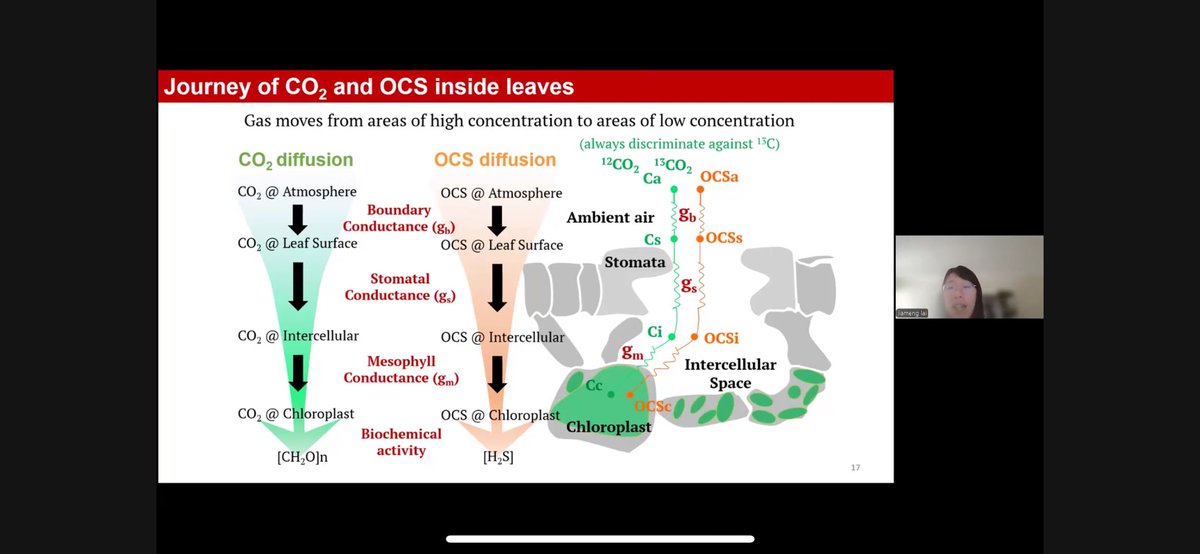
Yiqi Luo
@YiqiLuo
Liberty Hyde Bailey Professor at Cornell University. Global carbon cycle, computational ecology. Views are my own.
Burying wood debris “is the most effective and the least expensive, and possibly the most sustainable way to capture carbon” as I opinionated in Cornell Chronicle. This CO2 removal strategy makes it hopeful to control warming at 2 oC or below if adopted. news.cornell.edu/stories/2025/0…

Pete Smith from U of Aberdeen delivered an invited talk on modeling agricultural GHG emissions to the training course. It covers broad topics related to benchmarking models and model testing and evaluation. He offered great advices on developing and using models in GHG analysis.




2/2 Call for abstracts @theAGU 2025! With @BenHoulton, @YuanyuanHuang18 & @vonfromm_sophie, we cordially invite your exciting studies to better understand soils as a solution to climate change @#B078 🥳. Honored to have Asmeret Asefaw Berhe and @YiqiLuo as our invited speakers!
Our 8th training course on land carbon cycle modeling ends yesterday after two weeks of hard work by >70 attendees, who learned more about data assimilation, matrix approach, and machine learning relative to their expectations at the beginning (light vs. dark clouds).




DroughtNET, International Drought Experiment Network at 145 sites, led by our invited speaker, Prof. Melinda Smith from Colorado State U, is powerful to reveal impacts of extreme, short-term vs. long-term droughts on community structures and ecosystem functions.




Machine learning applied to estimate CO2 & CH4 emissions from global peatlands (NCC 2021) and global soil inorganic carbon storage and release (Science 2024) presented by Prof. Yuanyuan Huang from CAS in her invited talk to the 8th training course




Prof. Peng from Peking U found COVID-19-caused decrease in emissions led less OH, lower atm. CH4 oxidation, higher CH4 increase in 2020-2021. His lab also identified high land CH4 emissions under warming reduces atm. CH4 seasonal amplitude in high latitude regions. Fascinating




Burying wood for combating climate change is an idea being developed and implemented by Prof. Zeng at U Maryland in the past 20 years. It has a huge potential to bend the atm. CO2 growth curve as wood availability is high and the durability of buried wood is long.




Prof. Yanlan Liu from OSU pioneers in linking traits with parameters, showing improved ET estimation under high VPD with plant hydraulics and retrieved stomatal conductance being consistent with obs. patterns. She is exploring how to scale measured traits to estimated parameters.




Tina Gier from U Bremen, an invited speaker for the training course, developed an ESM evaluation tool and evaluated variations in modeled GPP and other variables. It is important to evaluate and benchmark models as they perform well on simulating some processes but not others.




César Terrer, Professor from MIT, talked about his multiple approaches to understanding carbon-climate feedback to the training course attendees. His research shows increased plant biomass and soil carbon under elevated CO2 and rewilding croplands.




Jiameng Lai, newly minted PhD at Cornell U, gave an inspiring talk on global gross primary productivity (GPP). Despite its critical role in ecosystem services, estimation of GPP has been very challenging. She developed an innovative approach to provide an independent estimate.




Two more days to apply for attending the 8th training course, New Advances in Land Carbon Cycle Modeling, at forms.office.com/pages/response…. It covers new theory of land carbon cycle dynamics, matrix approach, data assimilation, ecological forecasting, and machine learning.

Newly published paper in Nature on plant production declining substantially with drought, more so over time, in Eurasian grasslands but less severe and more muted over time in North American grasslands. Led by Qiang Yu @bjfu, @alan_knapp etc. nature.com/articles/s4158…
